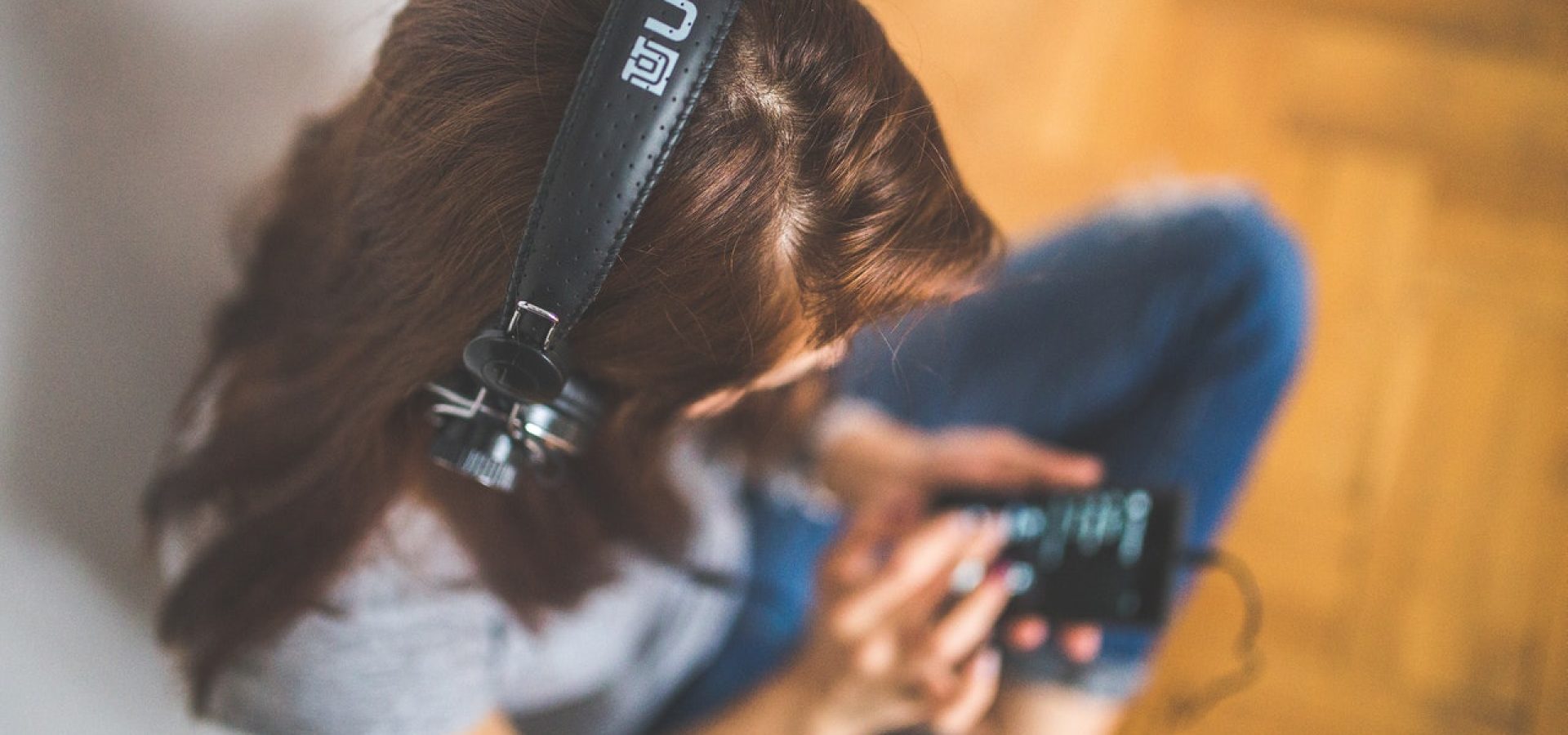Menu

Many people drown so much in the music from the earbuds or headphones they wear without realizing the hazards that these devices entail. The World Health Organization has warned that over a billion youth around the world are at risk of hearing loss because of the misuse of music gadgets.
Earbuds and hearing loss
Your ears are lined with thousands of tiny hair cells that transmit sound from your surroundings to your brain. Too much volume or noise can damage these hair cells, affecting your sense of hearing. The problem is that once these hair cells are dead, nothing would replace them. Consequently, you will suffer from what is called noise-induced hearing loss.
What makes earbuds particularly harmful to your hearing is that it blasts sound straight into your ear canal. The risk of hearing loss from earbuds is compounded by the fact that earbuds are unable to entirely block outside noise that would interfere with the music you are listening to. Earbuds and earphones also tend to transmit insufficient bass, which makes the songs we listen to more difficult to distinguish. Weak bass and outside noise make listeners to ramp up the player volume even more.
What are safer alternatives to earbuds?

Headphones have pads that would attach themselves outside of a user’s ear, which makes it a safer alternative to earbuds. These devices also block outside noise more effectively than earbuds do, allowing you to listen to your music at a lower and safer volume. There are noise-cancelling headphones that can disperse incoming noise waves of low frequency. You can still hear your music even with a humming engine or rumbling traffic nearby with these types of headphones. There’s also the noise-isolating type of headphones which contains a seal that surrounds the ear and acts as a physical barrier that reduces outside noise from getting through.
While headphones are safer compared to earbuds, however, these devices also have some limitations. For one, noise-cancelling headphones can’t block out the noise coming from people talking near you. Nevertheless, investing in headphones of high quality is worth the money and safety.
Keep your music player’s volume settings within safe levels
Whether it’s the more pricey noise-cancelling and noise-isolating headphones or the lower end variants, the vital thing to remember is to keep your volume down at safe levels. You can download a decibel meter app to measure sound levels coming from your music player. Ensure that the volume does not exceed 85 decibels (dB).
Duration is also crucial
Aside from volume, it would be best if you also tempered the length of time you use the device. If you don’t have a decibel meter or an app that measures the sound output from your music device, you can adopt the “60/60” rule. This rule means that you should listen for a maximum of an hour with 60% volume.
Other safety reminders
Also, don’t use headphones when crossing streets, driving, or cycling. Headphones will prevent you from hearing approaching cars, which could put your life at risk.
If you’d like to check the conditions of your ears, come on down to Fraser Valley Beltone today! We provide extensive & affordable hearing tests in Langley, BC. Get in touch today to book your appointment.
Share Post
Facebook
Twitter
LinkedIn
Email
Reddit
Pinterest
